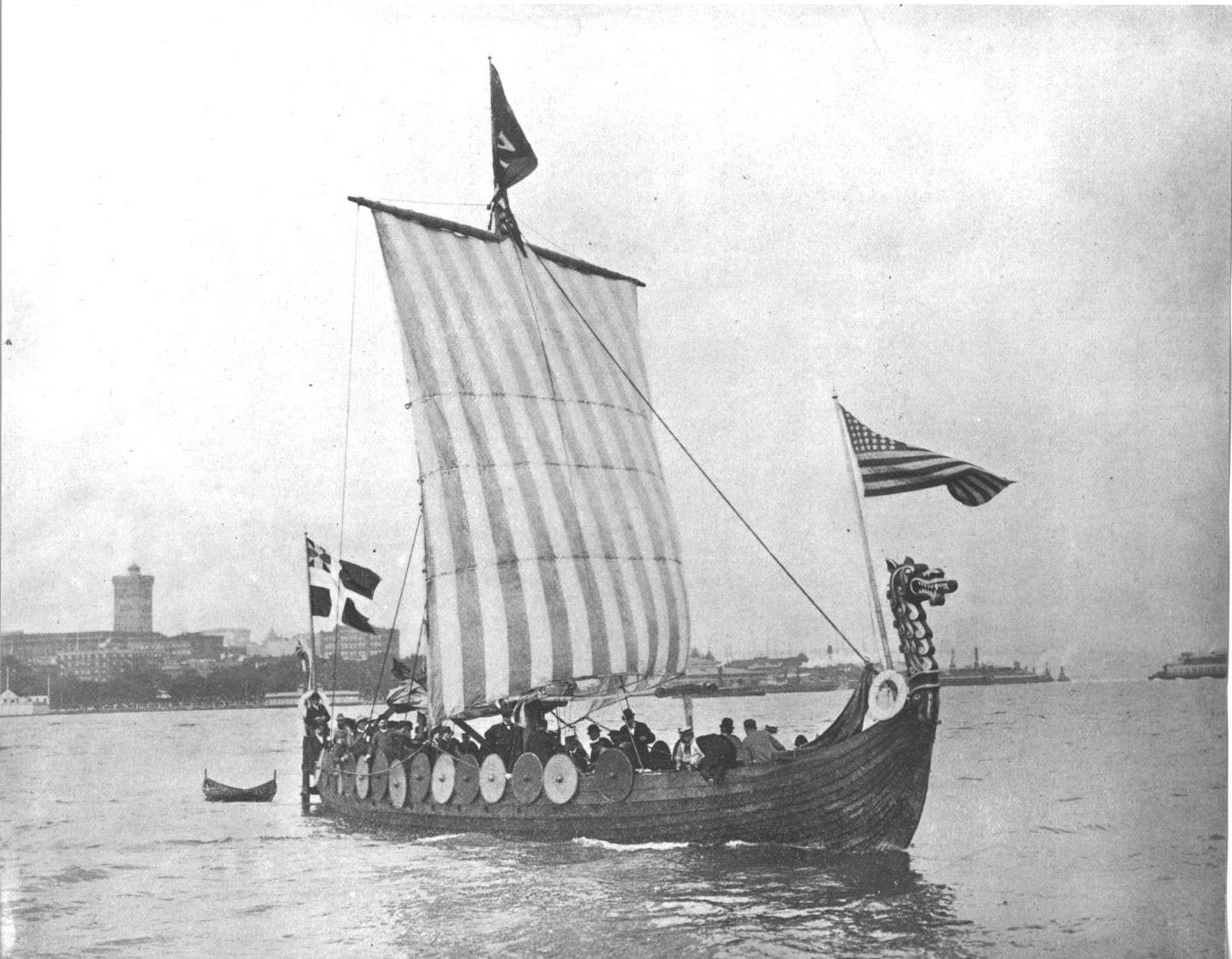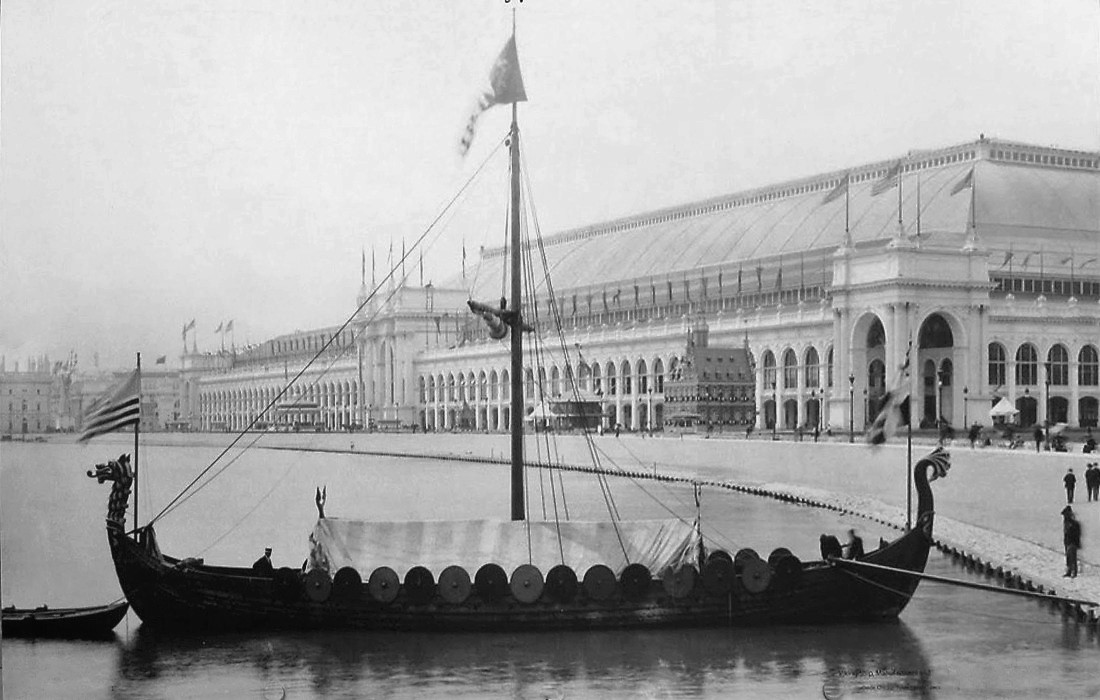 |
| Bygdøy Museum Center |
Will return as soon as possible.
 |
| Photo: Time |

OSLO’S PATRON SAINT
The story of St. Hallvard is a constantly recurring theme in the decorative elements of the City Hall. According to legend Hallvard was a highborn youth who in 1043 tried to save a woman from being assaulted. He took her aboard his boat in order to reach safety on the other side of the fjord, but they were pursued and killed, Hallvard being shot by three arrows. His body was weighted down with a millstone and thrown into the sea, but both his body and the stone floated up to the surface. When this became known, the local people saw it as a sign and worshipped him as a saint. Hallvard was originally buried at Lier, southwest of the town, but when the Oslo Cathedral was completed in 1130, his bones were placed in a shrine before the high altar. Two centuries later Oslo took into use a city seal depicting the St. Hallvard legend. The present coat of arms was designed in 1924, when the capital was about to change its name from Christiana back to Oslo. Against a background of stars in the sky, St. Hallvard is shown sitting on a throne of two lions. He holds a millstone in one hand and three arrows in the other. At his feet lies a woman. The surrounding inscription reads Unanimiter et constanter Oslo(united and resolute).



 |
| Photo: Reuters |
 |
| Image: http://www.danstopicals.com/gokstad.htm |
 |
| Image: Wikipedia |
| Image: danstopicals.com |
Ship | Length | Width |
Oseberg | 21.58 meters (70.8 feet) | 5.10 meters (16.7 feet) |
Gokstad | 23.24 meters (76.25 feet) | 5.20 meters (17.1 feet) |
 |
| Model of the Gokstad ship Image: Wikipedia |
 |
| Image: Univeristy of Oslo |
 |
| Image: Univeristy of Oslo |